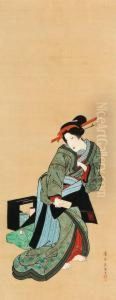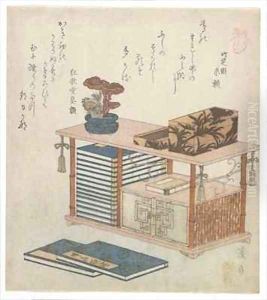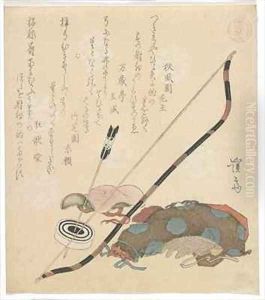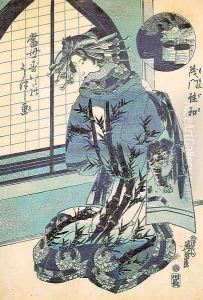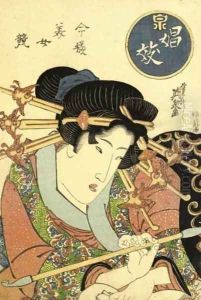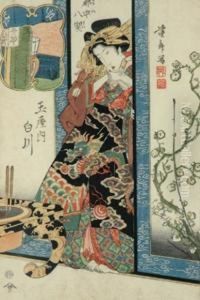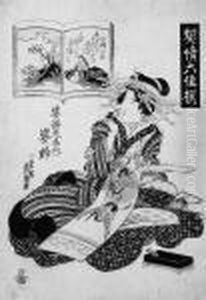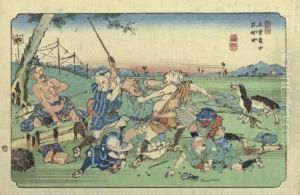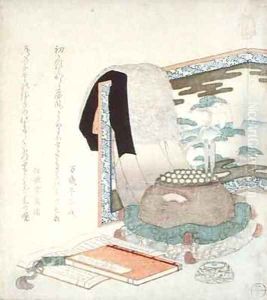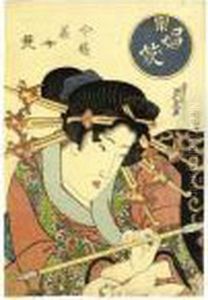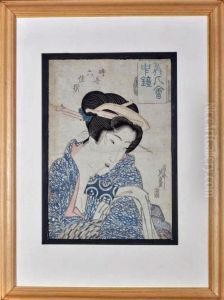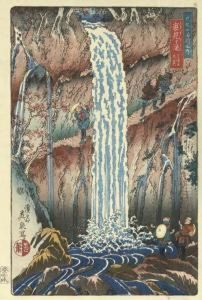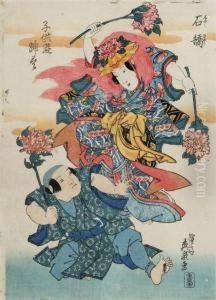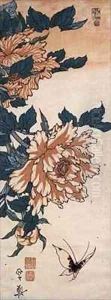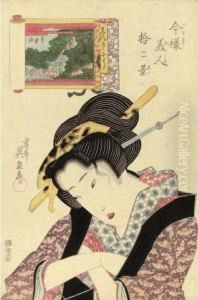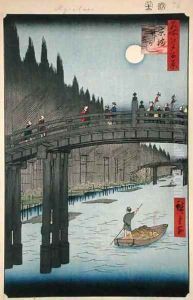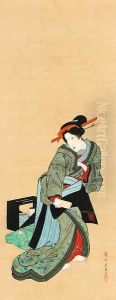





Courtesan Edo period, Bunsei era (1818-30)
-
About Reproduction
Discover the allure of art with our faithful reproduction of "Courtesan Edo period, Bunsei era (1818-30)", originally brought to life by the talented Keisai Eisen. Unlike posters or prints, our hand-painted oil painting breathes an unique sense of depth and texture into your space. Every detail, every stroke, and every texture is meticulously recreated, paying the perfect homage to Keisai Eisen and his artistic vision.
Owning this piece is more than just decoration - it's a statement of your refined taste in art. Let the vibrant colors and intricate details of this replica serve as a daily reminder of the beauty in our world. Elevate your decor and appreciate the richness of art with our replica of this masterpiece.
-
Painting Description
"Courtesan Edo period, Bunsei era (1818-30)" by Keisai Eisen is a notable work by the Japanese ukiyo-e artist, a genre of woodblock prints and paintings that flourished in Japan from the 17th through 19th centuries. Keisai Eisen, whose life spanned from 1790 to 1848, was renowned for his depictions of bijin-ga, or "pictures of beautiful women," which often included courtesans and geisha of the period. His works are characterized by their vibrant use of color and meticulous attention to the details of fashion and textiles.
The Bunsei era, which is the time frame referred to in the title of this work, was a period in Japanese history that saw the continuation of the policies of the Tokugawa shogunate, including the sakoku, or the isolationist foreign policy. It was a time of relative peace and prosperity, which allowed the arts and culture to flourish, particularly in the urban centers such as Edo (modern-day Tokyo).
In "Courtesan Edo period, Bunsei era (1818-30)," Eisen captures the beauty and elegance of a courtesan, a woman who would have been a part of the pleasure quarters of Edo. Courtesans during this time were not only providers of sexual services but also cultured artists and entertainers who could engage in witty conversation, perform music, dance, and write poetry. They were fashion icons of their day, and their elaborate kimonos and hairstyles were emulated by women throughout Japan.
Eisen's work is significant as it provides a window into the world of the Edo period and the lives of courtesans, who were an integral part of the cultural landscape. The artwork is a testament to the artist's skill in portraying the nuanced expressions, intricate clothing, and the subtle interplay of color and form that define the ukiyo-e style. As a historical document, it offers insight into the fashion, aesthetics, and social customs of the Bunsei era, making it a valuable piece for both art historians and those interested in the cultural history of Japan.
The print itself would typically be part of a larger series, as was common for ukiyo-e artists, who often produced works in series that depicted the various courtesans and entertainers of the time. The popularity of these prints among the merchant class of Japan helped to spread the reputation of the artists and the subjects they depicted, contributing to the rich tapestry of Japanese cultural heritage.
As a representative of Keisai Eisen's oeuvre and the ukiyo-e tradition, "Courtesan Edo period, Bunsei era (1818-30)" is an important work that continues to be studied and appreciated for its artistic merit and historical significance.
-
Lead Time & Shipping
When you order this oil painting replica, it typically takes 2-3 weeks to paint. If the artwork is more complex, it might need a little more time to ensure the best quality. Once it's ready, we'll send you a photo for your approval. After you give the green light, we'll ship it to you for free.
-
Return & Refund
We believe in the quality of our hand-painted oil painting reproductions, and your satisfaction is our priority. If for any reason, you are not completely satisfied with your purchase, we offer a 45-day return policy. You can return your artwork within 45 days of receipt and receive a full refund. Please note that the artwork must be returned in the original packaging and in the same condition as it was received.





